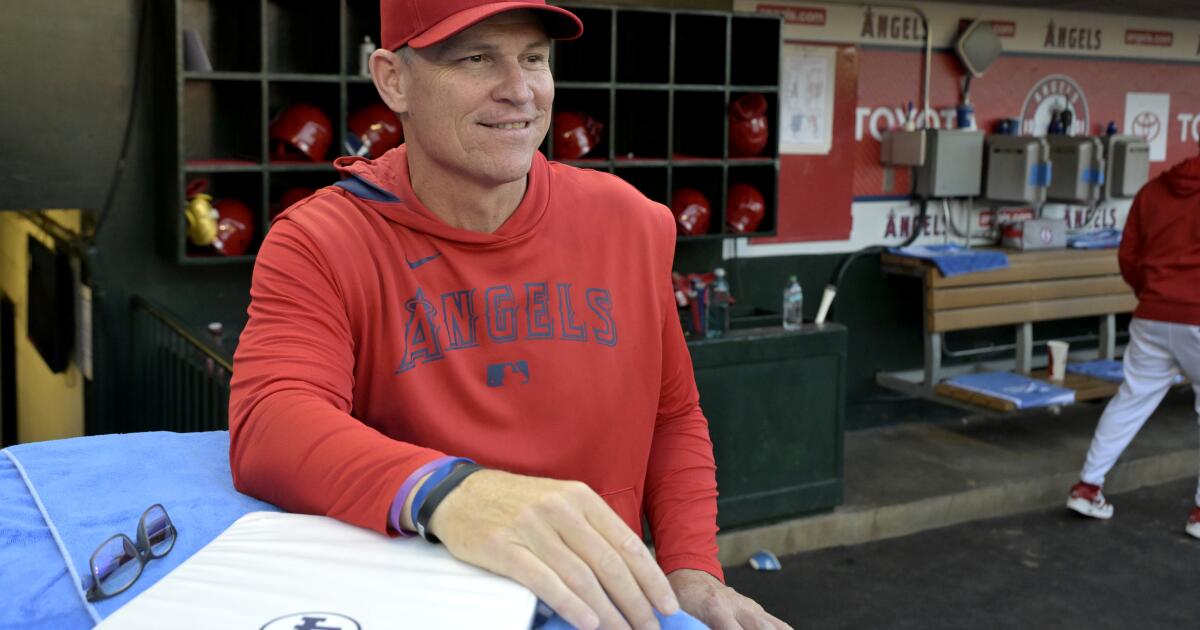Why lensing ‘September 5’ was so liberating for Markus Förderer

Markus Förderer quickly understood the challenge of lensing “September 5”: The movie about the ABC sports journalists covering the terrorist attack on Israeli athletes at the 1972 Munich Summer Olympics had to cover 22 hours in 90 minutes of screen time and feel like something compressed yet big, capturing the thickness of tight rooms and the importance of a global event unfolding in real time.
“We talked about it for a long time,” the cinematographer says about his preparation with writer-director Tim Fehlbaum, a frequent collaborator dating to their days at Munich’s University of Television & Film. For this independently financed slice of recent history, they decided immediacy and movement were key. “We said, ‘If this were happening and we were a documentary crew there, how would we film it?’ You’d do handheld, it’d be hectic, and when an actor moves, we move.”

The sports broadcasters depicted in “September 5” were forced to make tough calls.
(Courtesy of Paramount Pictures)
Scenes in the studios at ABC — faithfully re-created on a Munich soundstage — were shot first as long takes, often multiple times, with the actors never certain when one of two cameras might be on them. Förderer, whose résumé is dotted with event extravaganzas (“Red Notice,” “Independence Day: Resurgence”) where he oversees camera operators, rediscovered the pleasure of holding the RED V-Raptor himself. “I operated A-camera all the time, and that was so liberating, to reconnect with the craftsmanship,” says Förderer. “You can’t tell an operator, ‘When John Magaro goes to a microphone, do this,’ because it’s too late, the moment’s over. It’s very intuitive.”
When Fehlbaum joined in on B-camera, there was also a mode the two preferred called “wild style,” where choices could get bolder. “When we knew we had the scene in the can,” says Förderer, “we’d then pretend we had only one attempt to capture it without cutting. Like the characters in the film say, ‘Follow the story wherever it takes us.’”
As for the movie’s visual texture, Förderer was dealing with a variety of formats and sources, including original film and video secured from ABC and displayed on monitors, as well as archival news footage they wanted to re-create on 16mm film — in some cases “out of respect for the hostages’ families.”

Leonie Benesch stars as a translator caught up in the attacks at the 1972 Olympics in “September 5.”
(Jurgen Olczyk)
Then there was the movie’s own 16mm-grain look for the widescreen frame: Because actors would be looking at working monitors showing real footage and not blue screens to be filled in later by a VFX team (a point of pride for the filmmakers), the decision was made to forgo shooting on celluloid. “We love the look of film, but it’s not as sensitive as digital cameras, and we had TV screens as a light source, and our characters wear glasses, so the monitors would be reflected in them,” says Förderer. “We would have had to cheat way more with film.”
Embracing digital, however, didn’t mean ignoring a previous era’s film tools. Förderer researched the zoom lenses used for the Munich Olympics (thanks to a 1972 issue of American Cinematographer magazine) and went straight to EBay. “I bought several copies, these collector’s items from the ’60s, had them retrofitted for our cameras. The look was amazing.”
Another old-school technique Förderer is proud of using on “September 5” was miniatures, in one case for a shot of a helicopter arriving at the Olympic Village — again, avoiding CGI in keeping with the period film’s analog spirit. “You can throw a lot of money at visual effects, but usually the audience feels the artifice,” says Förderer. “This would be filmed off a TV screen and super low-res. So we did research, and we found this hobby pilot who’d built a helicopter exactly modeled from the ’70s.”
From there, it was a matter of fudging size and distance with a life-size TV tower. Förderer relishes these problem-solving parts of being a cinematographer — merging the real and unreal — which he likens to “thinking like a magician. You have to have that mind-set.”

“Everybody has the power now to become their own live broadcasting studio,” says cinematographer Markus Förderer.
(Ethan Benavidez/For The Times)
But working on “September 5” also made him aware that his profession — finding the right visuals to tell a story and manipulating emotions — was being examined too. “Everybody has the power now to become their own live broadcasting studio,” he says. “Then, it was brand-new, an event of that significance being broadcast live. We’re seeing the thought process, people asking themselves, ‘What are we doing?’ It’s not a thing you can just show and wash your hands clean. You’re becoming part of the story. There’s no real answer, but it’s good to be aware of it.”
Just the act of re-creating the infamous shot, broadcast to the world, of a terrorist’s appearance on a balcony stirred something in Förderer. “I felt the weight and gravitas,” he says. “I was so aware that zooming or panning out will make people feel a certain way about seeing this person. I felt the responsibility.”





